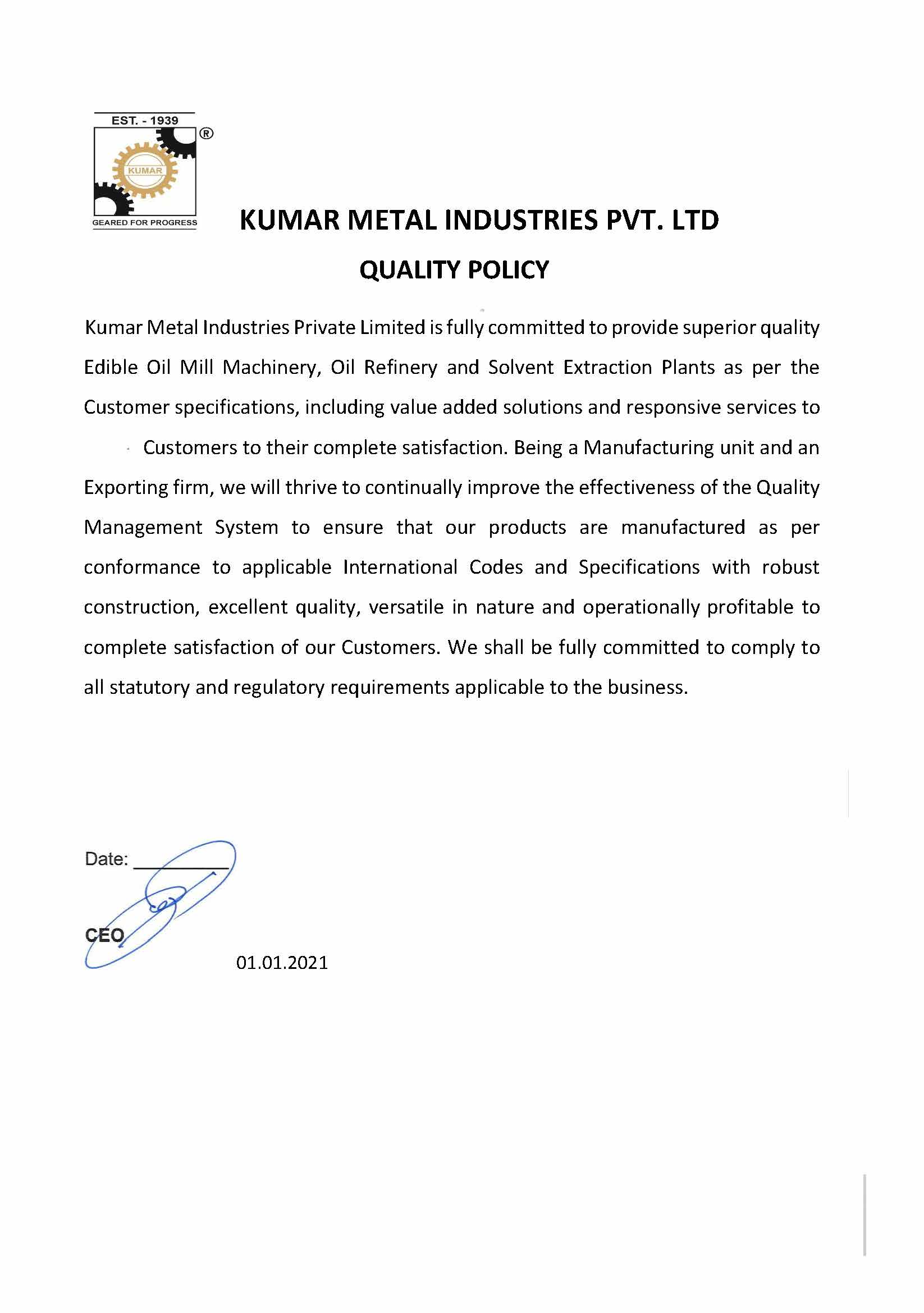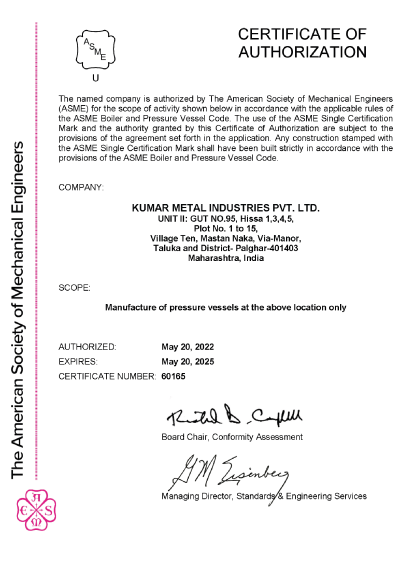
In our previous posts, we wrote extensively about the imperative to switch to sustainable fuels and the immense opportunity for the oils and fats industry to generate value. Building biodiesel manufacturing capability addresses the urgent need of the hour - alternate and sustainable fuel - and is also immense job creation and revenue generation opportunity, particularly in the Indian sub-continent.
Biodiesel offers various economic and environmental benefits and removes dependence on crude petroleum oil imports. Production of biodiesel requires raw materials such as recycled grease (UCO-used cooking oil), animal fats, vegetable oils (edible and non-edible), acid oil and fatty acid distillate to make it a clean energy source. In addition, biodiesel comprises alcohols and fatty acid esters, making it an excellent alternative fuel to run diesel engines.
Biodiesel production utilises a similar infrastructure and processes to oil refining and more environmentally friendly raw materials. It also helps to produce biodiesel and by-products like glycerine in commercial and pharma grades that add value to the bottom line.
The manufacturing process involves various combinations of essential steps like water washing, drying, dry degumming, bleaching, deacidification, esterification, transesterification, methanol rectification, biodiesel washing & distillation and glycerine treatment.
The feedstock is treated to remove impurities like gums, metals, moisture, phosphorus, and mineral acidity, which significantly enhances yield quality.
The feedstock is then transferred to the processing vessel and heated to reaction temperature. Catalyst and methanol undergo a mixing process in a separate container and then are added to the feedstock processing vessel and mixed thoroughly. After completion of the reaction, it is left for a specified period allowing the glycerine to settle down so the unwashed biodiesel and glycerine are separated. The biodiesel is then washed and rested to separate from water, followed by distillation, and sent to storage.
Before investing in a biodiesel process and plant, it is vital to understand the process and the equipment needed.
Pre-treatment of feedstock
Washing:
Acid oil is pre-treated to remove mineral acidity and water-soluble impurities. Next, water and oil are fed into a reaction vessel in a counter-current direction to enhance efficient mixing. Finally, the washed acid oil is separated and shifted into a separate container, and then washed acid oil is dried in a vacuum dryer.
Dry degumming and bleaching
In dry degumming, washed and dried oil treated with phosphoric acid (85% purity) to remove phosphates and other impurities like metal contaminants and soap along with spent bleaching earth. After bleaching, oil is filtered in a pressure leaf filter to remove bleaching earth from the oil, followed by the polishing filter. The mechanically agitated bleacher provides proper mixing contact of bleaching earth to reduce colour pigment load. In the filtration process, gummy impurities are separated from the oil by passing through the spent earth cake bed and spent bleaching earth is separated at the bottom of the pressure leaf filter. The complete bleaching process is carried out under a vacuum. Polish filtration is included as a security filter.
Deacidification
De-acidification section consists of a vacuum heat exchanger, packed column as a stripper, fatty acid scrubber, retention vessel and fatty acids circulating system. The deacidification process involves the removal of free fatty acid present in the feed oil. Stripping helps remove fatty acids vapours, and the counter-current flow enables maximum removal of fatty acids.
Esterification:
The esterification section consists of multiple reactors, a glycerine vapour scrubbing system and a heat recovery unit. Free fatty acids are reacted with glycerine to generate triglycerides.
Fatty acids + Glycerol ⟶Triglycerides + H2O
The reaction is carried out at a high temperature under a vacuum. The equilibrium shifted towards triglycerides by continuous removal of water.
Transesterification
The pre-treated feedstock is subjected to a transesterification reaction. This is a reaction of lipid/oil with an alcohol to form esters and glycerine as a by-product. It is a reversible reaction; therefore, excess alcohol is used to shift the equilibrium to the product side and continuous removal of glycerine. Methyl esters and glycerol are generated as products and by-products, respectively.
Triglyceride + Methanol ⟶ Methyl Esters + Glycerol
Catalyst used are sodium methylate or sodium hydroxide (>1%)
Methanol rectification
Heating impure methanol and water and distillation helps obtain pure methanol and undergoes further recycling for transesterification. After water removal, the methanol vapour is recovered, condensed, and cooled. The recovered methanol is further dried and recycled as a reagent for transesterification.
Washing Biodiesel
Washing of biodiesel helps to remove traces of soap, methanol and glycerol. Citric acid helps remove traces of soap, and then mixing hot water with methyl-ester helps separate soapy water through gravity separator or centrifugal separation.
Glycerine Treatment
The crude glycerine output from the transesterification includes moisture, salts, methanol, and soap. Methanol is easily soluble in glycerine. Excess methanol from glycerine is removed through heating and flashing. Hydrochloric acid helps to split the soap. After splitting, impurities are separated by gravity. After recovery of the glycerine layer for further purification, the water layer is discarded, and the oil layer (fatty matter) is recycled back to the acid oil section. Caustic Lye is used to maintain pH balance for recovered glycerine.
Distillation of biodiesel
The methyl ester distillation is carried under vacuum at high temperature in a column and passed through a structured packing to facilitate heavy and light phases to obtain the distilled biodiesel.
KMI offers biodiesel plants that generate 50, 100, 200, 300, 500, 1000, and 2000 tons per day.
Kumar's biodiesel plant with BIS 15607:2005 standards enables multi-feedstock options in a single plant, making it an excellent choice for the existing oil manufacturers/refiners to pursue biodiesel production. In addition, it also generates pharma-grade glycerine production, lowers consumption of methanol, reduces catalyst consumption, and cuts down on operational costs.
Automation also plays a crucial role in increasing output in the case of a biodiesel plant. The use of control systems and information technology helps reduce human intervention and dependence. KMI offers biodiesel plants in manual, semi-automatic, and automatic modes.
Automatic operational modes help to increase productivity, cut labour costs, improve safety, offer better control and reduce lead time in manufacturing.
Using waste to produce biodiesel through an existing infrastructure is a very lucrative business option. Kumar can help you with the entire process, from building your biodiesel business plan to designing your biodiesel manufacturing process and setting up your biodiesel manufacturing plant.
You might find these interesting:
Learn everything about the commercial aspects of Biodiesels in India
Discover the raw materials and manufacturing process of Biodiesels
Understand the applications of Biodiesels
If you would like to know more about adding biodiesel manufacturing capacity to your existing facility, please reach out to us using the form below.
"*" indicates required fields



















